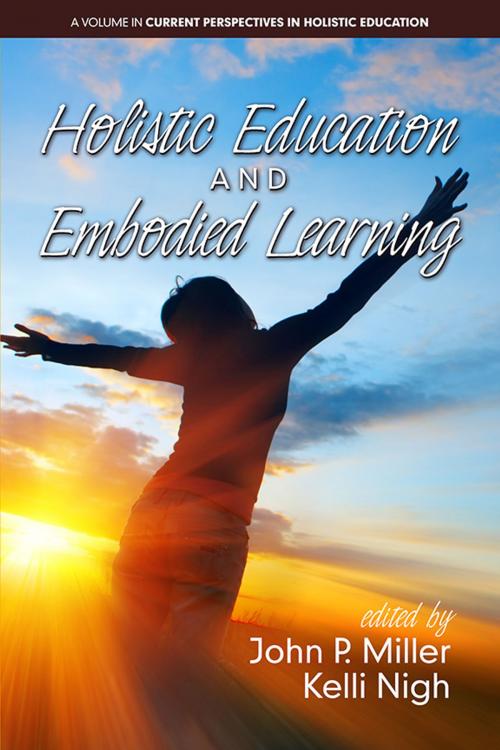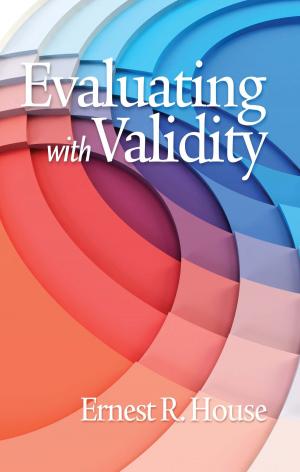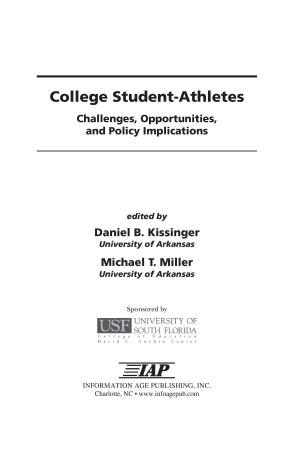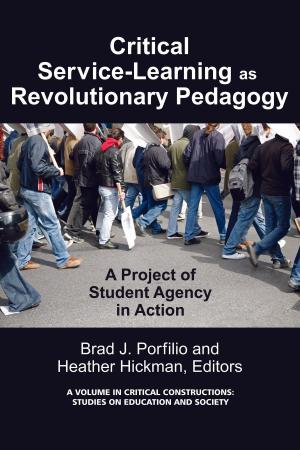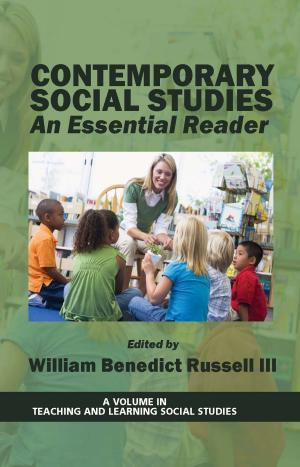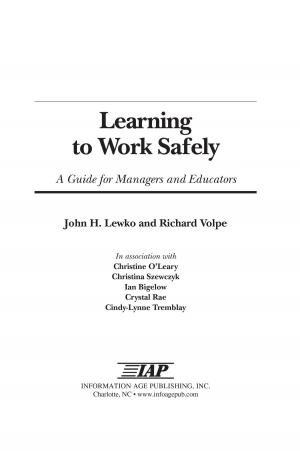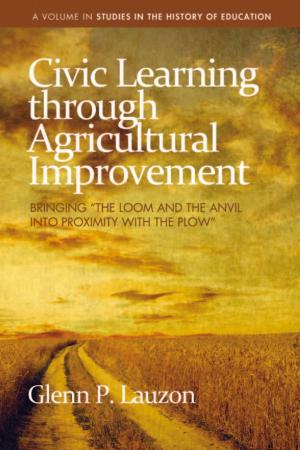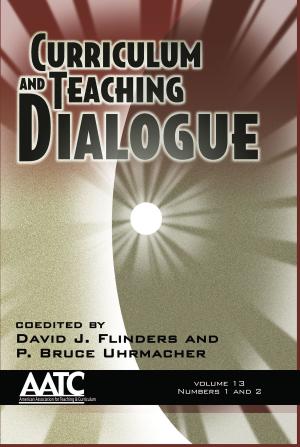Holistic Education and Embodied Learning
Nonfiction, Reference & Language, Education & Teaching, Non-Formal Education, Educational Theory, Educational Psychology, Teaching, Teaching Methods| Author: | ISBN: | 9781681238425 | |
| Publisher: | Information Age Publishing | Publication: | March 1, 2017 |
| Imprint: | Information Age Publishing | Language: | English |
| Author: | |
| ISBN: | 9781681238425 |
| Publisher: | Information Age Publishing |
| Publication: | March 1, 2017 |
| Imprint: | Information Age Publishing |
| Language: | English |
Learning often begins with an experience in the body. Our body can tighten or feel expansive depending on different learning contexts. This experience of learning in the body is crucial to holistic education. This book explores embodied learning from several perspectives. This first section explores how psychology can inform us about embodied learning; for example, the work of Carl Jung and Wilhelm Reich devoted much of their thinking to how energy manifests itself in the body. Meditation and movement are also examined as ways of embodied learning; for example, Dalcroze, a form of movement education, is presented within the context of whole person education. The book also presents schools where embodied learning is nurtured. Waldorf education is discussed as well as a public school in Toronto where the body is central to holistic education. The book also presents visions of embodied learning. John Miller presents a holistic vision of teacher education and Tobin Hart, who has written extensively in this field, writes about the embodied mind. Embodied learning is an emerging area of inquiry in holistic education and this book presents a variety of perspectives and practices that should be helpful to both scholars and practitioners.
Learning often begins with an experience in the body. Our body can tighten or feel expansive depending on different learning contexts. This experience of learning in the body is crucial to holistic education. This book explores embodied learning from several perspectives. This first section explores how psychology can inform us about embodied learning; for example, the work of Carl Jung and Wilhelm Reich devoted much of their thinking to how energy manifests itself in the body. Meditation and movement are also examined as ways of embodied learning; for example, Dalcroze, a form of movement education, is presented within the context of whole person education. The book also presents schools where embodied learning is nurtured. Waldorf education is discussed as well as a public school in Toronto where the body is central to holistic education. The book also presents visions of embodied learning. John Miller presents a holistic vision of teacher education and Tobin Hart, who has written extensively in this field, writes about the embodied mind. Embodied learning is an emerging area of inquiry in holistic education and this book presents a variety of perspectives and practices that should be helpful to both scholars and practitioners.
